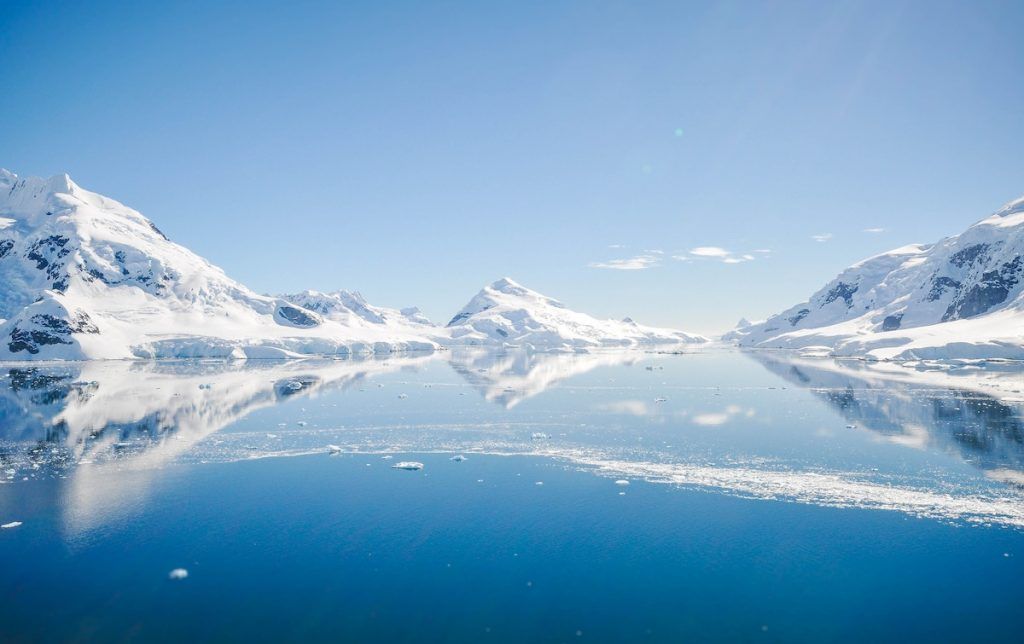Antarctica

Recommended vaccinations by the Centers for Disease Control and Prevention for all travellers to Antarctica:
Recommended vaccinations by the Centers for Disease Control and Prevention for some travellers to Antarctica:
Other diseases to consider while travelling to Antarctica:
Traveller information
Covering the Earth’s southern pole with a vast stretch of icy wilderness, the mostly uninhabited continent of Antarctica is majestic and full of breathtakingly beautiful, blue and white landscapes. There’s plenty for intrepid travellers to discover here, and a surprising amount of history left behind by eminent, long-gone explorers. Tourism is increasing, and a number of cruises now travel Antarctica’s iceberg-flanked waters, mostly along the dramatic Lemaire Channel – which also goes by the moniker “Kodak Gap” thanks to its photogenic qualities – and Paradise Harbour.
Antarctica is home to wildlife including eight species of penguin, killer whales, leopard seals, and a wide variety of birds and fish, all of which are adapted to the continent’s extreme environment. The collapsed volcanic cone of Deception Island forms one of the safest natural harbours in the world, and the glassy waters of Charlotte Bay are filled with recently calved icebergs. Step back in time at Shackleton’s Hut, built in 1908 to accommodate Shackleton and his team of explorers. The station at Stanley is home to landmark building Christ Church Cathedral. Antarctica’s largest settlement is McMurdo Station, where over 1100 people reside during the summer months, and many research projects are based. Visitors can’t miss a trip to the gaily striped Ceremonial South Pole, a perfect photo-op for your travels into the wild.

Contains public sector information licensed under the Open Government Licence v3.0.